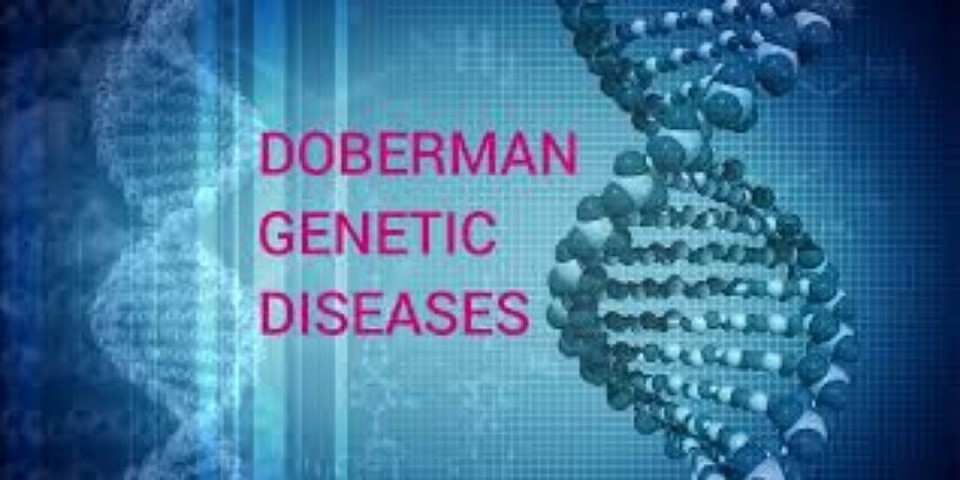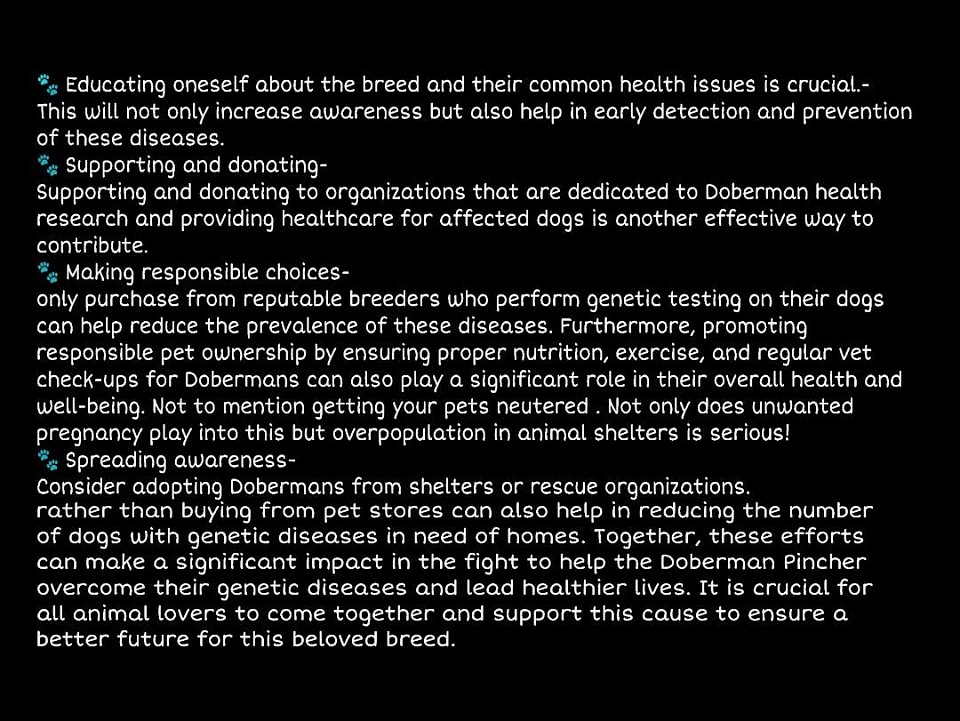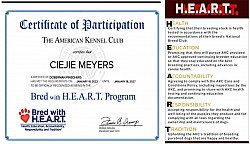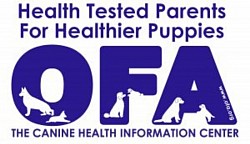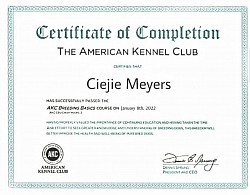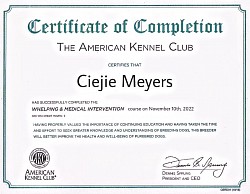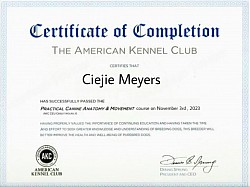About us page
The Why, Who, and How Of Meyers Dobermans
First things First . The Why?
• Why The Doberman Pincher?
It's really quite simple. THERE ABSOLUTELY AMAZING!! Me , personally, i honostly can't imagine a world where the Doberman isn't in it.
Do me a favor ,close your eyes and imagine something innocent, pure, intelligent and loving. With sleek shiny soft fur coating powerful muscles . Something that would lay down there life for you and want nothing more in life but your love and affection. No open your eyes. It's gone. It's not there anymore and will never be again.....THATS WHY.
Dobermans are a highly affectionate, intelligent and loyal breed with a strong, confident personality. They are often described as fearless and energetic, with a natural instinct to protect their loved ones. They are also known for being eager to please their owners and have a strong desire to work, making them excellent guard dogs and police dogs. However, despite their reputation as fierce protectors, they are also known to be affectionate and loving towards their families.. They are also known for their alertness, making them excellent watchdogs. While they can be wary of strangers, they can warm up quickly once introduced properly.
Overall, the Doberman Pincher is a confident and devoted breed , intelligent, loyal, courageous, elegant, excellent family dogs as well as service dogs and competitors and champions.....and they need our help
• Why Do They Need Our Help?
The genetic dispositions of Doberman Pinchers have a significant impact on the breed's future health. Due to their breeding for specific physical and behavioral traits, Doberman Pinchers are prone to various health issues such as hip dysplasia, heart disease, and eye problems. These genetic predispositions not only affect the individual dog but also have a long-term impact on the overall health and longevity of the breed as a whole. With these health issues present in the gene pool, breeders must be diligent in their selection process and breeding practices to ensure that these conditions are not passed on to future generations. Failure to do so could lead to a decline in the breed's overall health and potentially threaten its existence. It is crucial for breeders and owners to be aware of the Doberman Pincher's genetic dispositions and take necessary precautions to maintain the breed's future health. This can include regular health screenings, responsible breeding practices, and proper care and management of individual dogs. By being proactive in addressing these genetic predispositions, we can help ensure a healthy and sustainable future for the Doberman Pincher breed.
Thanks to the blow-up in popularity coupled with our ability to sell goods online becoming more and more convenient and regular, there is a demand for the breed .
So now that we can simply go online , type in " Puppy for sale" we can pretty much purchase and have a brand new Doberman shipped to our front in about 2-3 days. Wat too easy right?
Odds are you bought from a puppy mill.
Puppy mills, which are large-scale breeding facilities that prioritize profit over the well-being of animals, have had a detrimental impact on the health of Doberman Pinchers. These mills often prioritize quantity over quality, leading to the breeding of dogs with underlying health issues that are then passed down to their offspring. In addition, due to overcrowded and unsanitary conditions in puppy mills, Doberman Pinchers can develop a range of health problems, including respiratory infections, skin conditions, and genetic disorders such as hip dysplasia. Furthermore, inbreeding and lack of proper socialization in puppy mills can also contribute to behavioral and psychological issues in Doberman Pinchers. As a result, the decline in the Doberman Pincher's health can be primarily attributed to the unethical practices of puppy mills, causing these once robust and healthy dogs to suffer from a variety of ailments and ultimately impacting their overall well-being and quality of life..
It has now spread too far. The offspring of these puppy mills have carried there ' bad blood' onto there offspring and so on and so forth.
Unfortunately by the time officials caught on , we were past the point of return.
The entirety of the entire gene pool has been effected.
True to fact it is predicted that com 2030 you won't be able to find a Doberman Pincher that isn't at least a carrier of DCM, one of there most deadliest deases. And by 2035 you won't be able to find a healthy Doberman period. By 2050 they will be gone. They will have bred themselves into extenction.
Moving Forward Brings Us To our Final 'Who' ?
•. Who created Meyers Dobermans?
Her name is Ms Ciejie Meyers, a 41 yr old New Iberia native who is the mother of 4 children and a wife of 26 years.
Ciejie Meyers, the founder, owner and sole caretaker within Meyers Dobermans Breeding Program. She has successfully managed to balance the routines within her program through a combination of careful planning, dedication, and extensive knowledge of breed.
Ms Meyers has been attending canine college for over 5 years studying Canine DNA and Genetics as well as Canine Reproduction and Anatomy. She intends to complete her schooling around 2027.
Meyers understands the importance of maintaining a consistent routine for her dobermans in order to ensure their health and well-being. She starts by implementing a strict feeding schedule and exercise regimen for her dogs, ensuring they receive proper nutrition and sufficient physical activity.
Additionally, Meyers pays close attention to their breeding cycles, carefully timing and planning each litter to ensure all medical screening are in line and results are compatible with there chosen mate. She also maintains a routine for grooming, check ups and other medical needs as well as socialization, ensuring that her dobermans are well-adjusted and healthy both physically and mentally. By balancing these routines, Meyers is able to produce healthy, well-tempered dobermans that are highly sought after by potential owners. Her dedication to maintaining a balanced routine within her breeding program has undoubtedly contributed to its success and reputation in the dog breeding community.
" I haven't been breeding long, honostly it was one of my last 'add ons' to my addiction. Lol. "
" After I got my first Doberman, Able, I was almost instantly addicted and I dove head first into everything related to the breed " she explains" It began with research that led to training and eventually led up to my schooling and Breeding. Ounce I discovered everything about there genetic dispositions and how critical it had gotten I decided I had to do something. 3 weeks later I was enrolled in school and 6 months after I purchased my first female, Avin."
Meyers goes on to say " Im fully aware of the mass amounts of effort being put into the situation, and God willing someone finds the answers before me, but if i can help , even a little , then I feel I'm responsible to live up to that. Wouldnt you?"
Last But not least, the most important answer we are looking for : THE HOW
• How can we help them?
The most obvious solution is the find a ' clean gene pool ' to pull from. And there is our brick in the wall.
We don't have any. There's no original sample or a DNA reserve on ice or anything like that. The breed was created by Karl Friedrich Louis Dobermann, a German tax collector in the 1880s. Dobermann was a dog catcher, night watchman, and dog pound owner in Apolda, Germany.
Dobermann selected the strongest, most intelligent, and steeliest dogs from his pound
He crossed many breeds, including the German Pinscher, Rottweiler, Great Dane, and so many more that who have no clue how many let alone which they were.
We do know that the Greyhound was introduced into the mix when they migrated to America. Which is y the American bloodline is smaller, more lean with more elegant features opposed to the European bloodline bloodline which are more muscular and powerful. Meant for strength instead of show.
We know he bred the dogs to be strong, fast, loyal, intelligent, and ferocious. And we do have some interviews and a few notes to go on . Plus the popularity of particular breeds found in that area at that time.
He was a dog catcher after all.
But even with those clues , all the pieces are still a mystery.
For now.
The only way we can get the DNA we need to save this breed is to recreate a ' clean gene pool' to pull from' , without compromising there health or altering the breeds standard.
So that's what we do.
There is a Not so small army of Medical and science professionals working on this day and night. We have a worldwide network of preservation breeders doing there part in keeping what little we have left pure as possible as well as Genetic Restoration Breeders, like me, who are working the other end of the fence, trying to find the missing pieces of the puzzle.
There's only angle we are seriously lacking on though. One that could change the tide in this but we need more people to do so.
YOU
People just like you can actually accomplish more in this then even all the trained and educated professionals I just listed.
If more people stood up for those who can't...
More people stood again something that's wrong, even if it means you stand alone....
More people cared about something greater then them selves......
Here's a list of things that anyone can do to help. And I mean ANYONE can help

